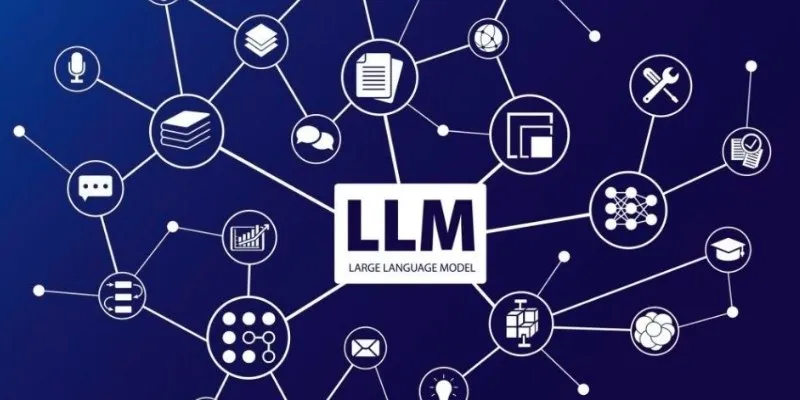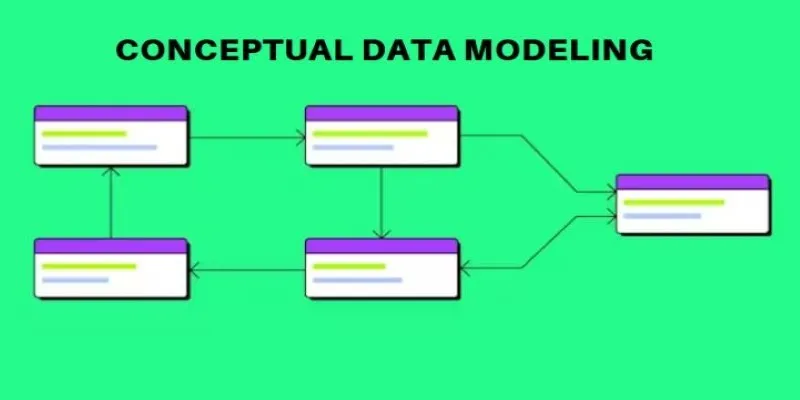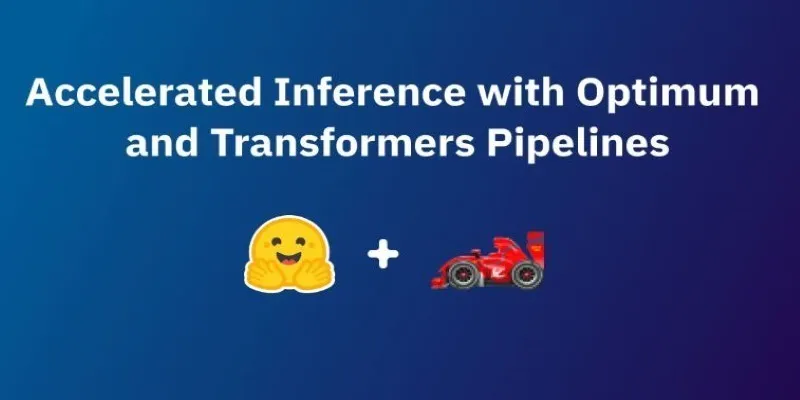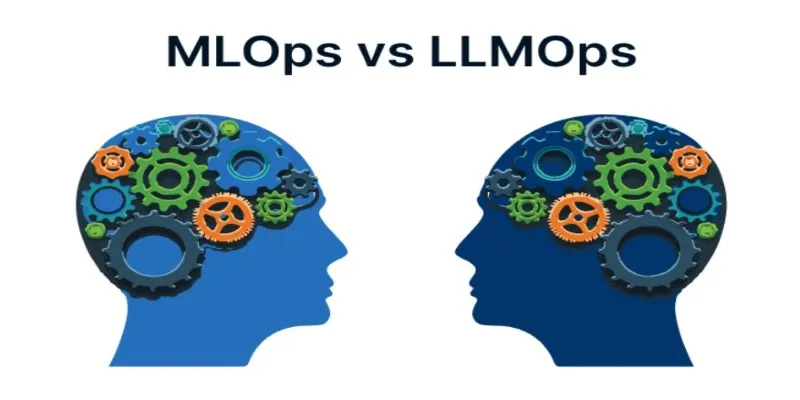Working with datasets can be one of the most challenging aspects of any machine learning or data science workflow. Before training a model or evaluating its output, understanding the dataset is a crucial first step. That’s where the new Hugging Face Data Measurements Tool comes in—it’s not just another static profiling library.
Designed to help users interact directly with data, this tool allows you to spot issues, surface patterns, and make sense of your datasets. Built with real-world workflows in mind, it focuses on clarity and hands-on exploration rather than abstract metrics or heavy technical overhead.
What is the Hugging Face Data Measurements Tool?
The Hugging Face Data Measurements Tool is a browser-based interface for exploring datasets, especially those used in natural language processing and machine learning. Created by Hugging Face, it integrates smoothly with their datasets library but can also handle custom datasets. It’s lightweight, intuitive, and avoids unnecessary complexity. The tool is less about showy graphs and more about giving users control over how they view and analyze their data.
Whether you’re working with a public benchmark dataset or uploading your files, the tool helps uncover structure, trends, and potential problems. It can handle a wide range of data sizes and types. Once loaded, users can explore various characteristics, such as text lengths, label distributions, duplication rates, and other metadata summaries.
Its strength lies in letting you inspect datasets interactively. You can sort by specific attributes, filter subsets, and zoom in on areas that deserve a closer look. This focus on interactivity—not just display—makes the tool particularly useful for practical development work.

How Does It Help with Dataset Understanding?
Understanding your dataset well is one of the most reliable ways to improve model outcomes. The Hugging Face Data Measurements Tool helps surface key information before training begins. If your dataset has a class imbalance, unexpected token patterns, or irregular lengths, you can spot it early—long before it affects your model’s behaviors.
For instance, in a sentiment analysis dataset, if positive reviews are much longer than negative ones, the model might learn to associate length with sentiment. That’s not ideal. This tool helps catch such problems by providing distributions and summaries that are easy to interpret.
It also includes automatic measurements to highlight dataset features, such as vocabulary richness, class distribution, and outlier detection. For NLP tasks like summarization, question answering, or translation, task-specific metrics can help identify weak spots in your data. These metrics don’t just show what’s there—they point to what might need cleaning or rebalancing.
One standout feature is the ability to compare data splits, such as train vs. validation. If the training set contains a different vocabulary or structure than the validation set, this could lead to poor generalization. The tool makes these differences easy to spot with summary statistics and side-by-side comparisons.
Designed for Interactivity, Not Just Display
Where many data tools offer static visualizations, the Hugging Face Data Measurements Tool encourages exploration. It’s designed to feel like a real part of your workflow, not just a dashboard. You can dig into details by adjusting filters, segmenting data by categories, or zeroing in on records that meet specific conditions.
If you’re analyzing a multilingual dataset, for example, you can filter by language and examine only entries in French or Hindi. For a dialogue dataset, you might want to view only the turns labeled as questions. These dynamic filters let you focus exactly where needed without running extra code or scripts.
The browser interface is clean and easy to navigate, making it accessible to both technical and non-technical users. It works well in team settings as well. If you’re collaborating across roles—researchers, developers, annotators—this tool offers a shared environment to understand data together.
For those who want to work beyond the browser, the tool integrates with Python. You can export filtered datasets, generate custom metrics, and use the tool as part of a script-based pipeline. It’s adaptable without being complex, which keeps things moving without adding overhead.
The design isn’t flashy, but it’s thoughtful. It lets you get answers quickly and move forward with more confidence.

Where It Fits in the Machine Learning Workflow
This tool is best used after loading your dataset and before building models. It serves as a reality check—a way to see whether your data is ready and whether there are hidden issues that could affect outcomes. By bringing this step earlier in the workflow, you avoid debugging problems that could’ve been caught with better data understanding.
The tool doesn’t try to cover the entire data science pipeline. It fills a focused role: getting your dataset into shape and making its structure clear. For those working with text, especially in NLP, this is a step that’s often rushed or skipped. But with this tool, inspecting your dataset becomes easier and faster, so there’s less reason to skip it.
It’s especially helpful for catching subtle problems, such as biased samples, repetitive entries, or mismatched splits. If your training and validation sets come from different domains or include inconsistent labeling, this can affect results in ways that are hard to debug later. The Data Measurements Tool gives you a clear view of these issues upfront.
While designed with NLP in mind, the tool isn’t limited to text. Structured data can also be analyzed, provided it’s formatted using Hugging Face’s datasets framework. This flexibility makes it useful across different types of machine-learning tasks.
Conclusion
The Hugging Face Data Measurements Tool helps you understand your dataset quickly and clearly without writing complex code or relying on spreadsheets. It brings order to a step that’s often overlooked and lets you explore your data in a straightforward, interactive way. For anyone working with machine learning, early insights into data can prevent larger issues later. Whether you’re working alone or on a team, this tool makes it easier to spot problems early and move forward with more confidence.
 zfn9
zfn9























